They Said That It Couldn't Be Done...
rusty_blackhaw
19 years ago
Related Stories
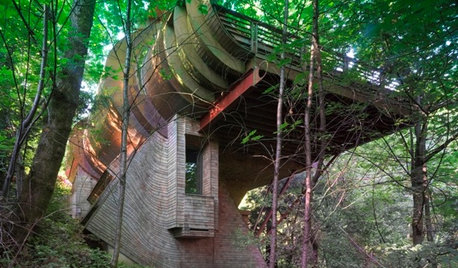
LIFEYou Said It: ‘It’s Different ... But Then, Aren’t You?’ and More Wisdom
Highlights from the week include celebrating individuality and cutting ourselves some decorating slack
Full Story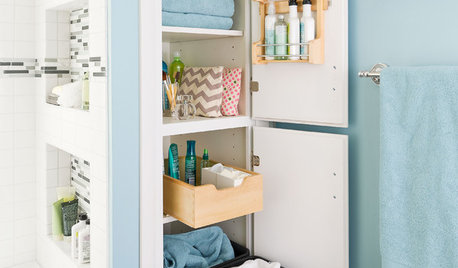
LIFEYou Said It: ‘Don't Panic’ and More Wisdom of the Week
Design advice, inspiration and observations that have struck a chord for the new year
Full Story
LIFEYou Said It: ‘Put It Back’ If It Won’t Help Your House, and More Wisdom
Highlights from the week include stopping clutter from getting past the door, fall planting ideas and a grandfather’s gift of love
Full Story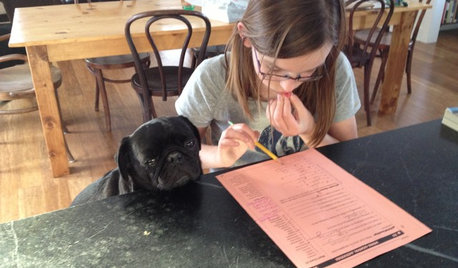
LIFEYou Said It: ‘I Knew This Home Had to Be Mine’ and More Quotables
Design advice, inspiration and observations that struck a chord this week
Full Story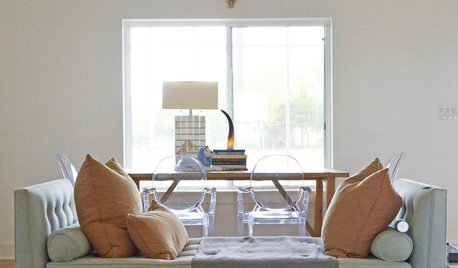
LIFEYou Said It: ‘It’s Important to Wait’ and More Houzz Quotables
Design advice, inspiration and observations that struck a chord this week
Full Story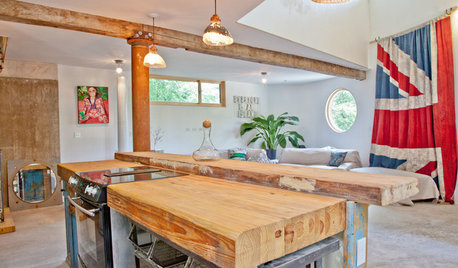
LIFEYou Said It: ‘Yikes, Tough Crowd’ and Other Quotes of the Week
Some of our favorite quotes this week came straight from the Comments section. See the stories and have your own say
Full Story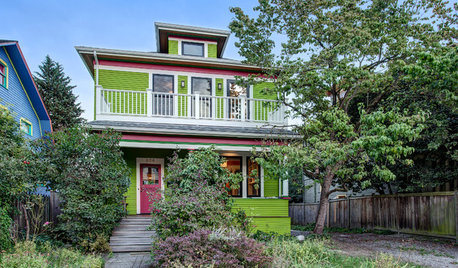
LIFEYou Said It: ‘It's Not for Everyone, and That’s Fine’
Design advice, inspiration and observations that struck a chord this week
Full Story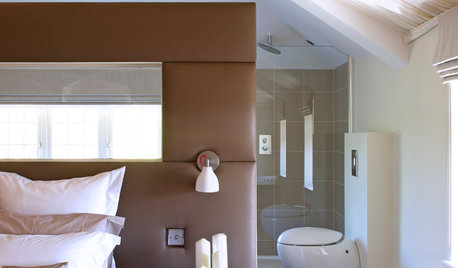
You Said It: Hot-Button Issues Fired Up the Comments This Week
Dust, window coverings, contemporary designs and more are inspiring lively conversations on Houzz
Full Story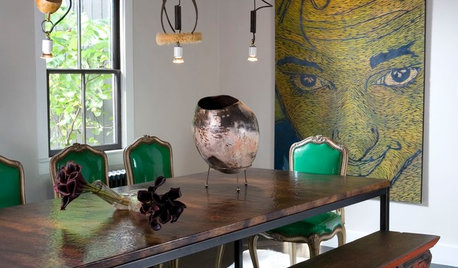
LIFEYou Said It: ‘Every Room Should Have the Right Wrong Thing’ and More
This week on Houzz we were inspired to break out of catalog styling ruts and let our design freak flags fly
Full Story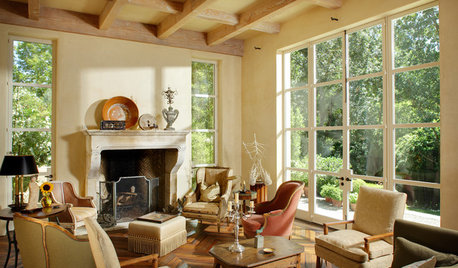
LIFEYou Said It: ‘Know Thyself’ and Other Houzz Quotables
Design advice, inspiration and observations that struck a chord this week
Full StoryMore Discussions







midtn
jayreynolds
Related Professionals
Manhattan Beach Landscape Architects & Landscape Designers · Sahuarita Landscape Architects & Landscape Designers · Kettering Landscape Contractors · McLean Landscape Contractors · North Canton Landscape Contractors · Ringwood Landscape Contractors · Saint Paul Landscape Contractors · Salmon Creek Landscape Contractors · Hayward Carpenters · North Lauderdale Carpenters · Abington General Contractors · Arlington General Contractors · Lakewood Park General Contractors · Mililani Town General Contractors · New River General Contractorscliff98
casper1
rusty_blackhawOriginal Author
greenelbows1
cheerpeople
casper1
Las_Palmas_Norte
blondboy47
Las_Palmas_Norte
intimidator_3
rickey16
Bougielover
don_brown
Bougielover
rickey16
don_brown
Bougielover
rusty_blackhawOriginal Author
rickey16
watergal
rickey16
Bougielover
rickey16
Bougielover
rickey16
Bougielover
rickey16
Bougielover
rickey16
michaelzz
leigh711
rusty_blackhawOriginal Author
michaelzz
leigh711
rick6a
ljrmiller
gurley157fs
crispy_z7
arctictropical
rusty_blackhawOriginal Author
wsg89
crispy_z7
poaky1
poaky1
poaky1
poaky1
poaky1
poaky1